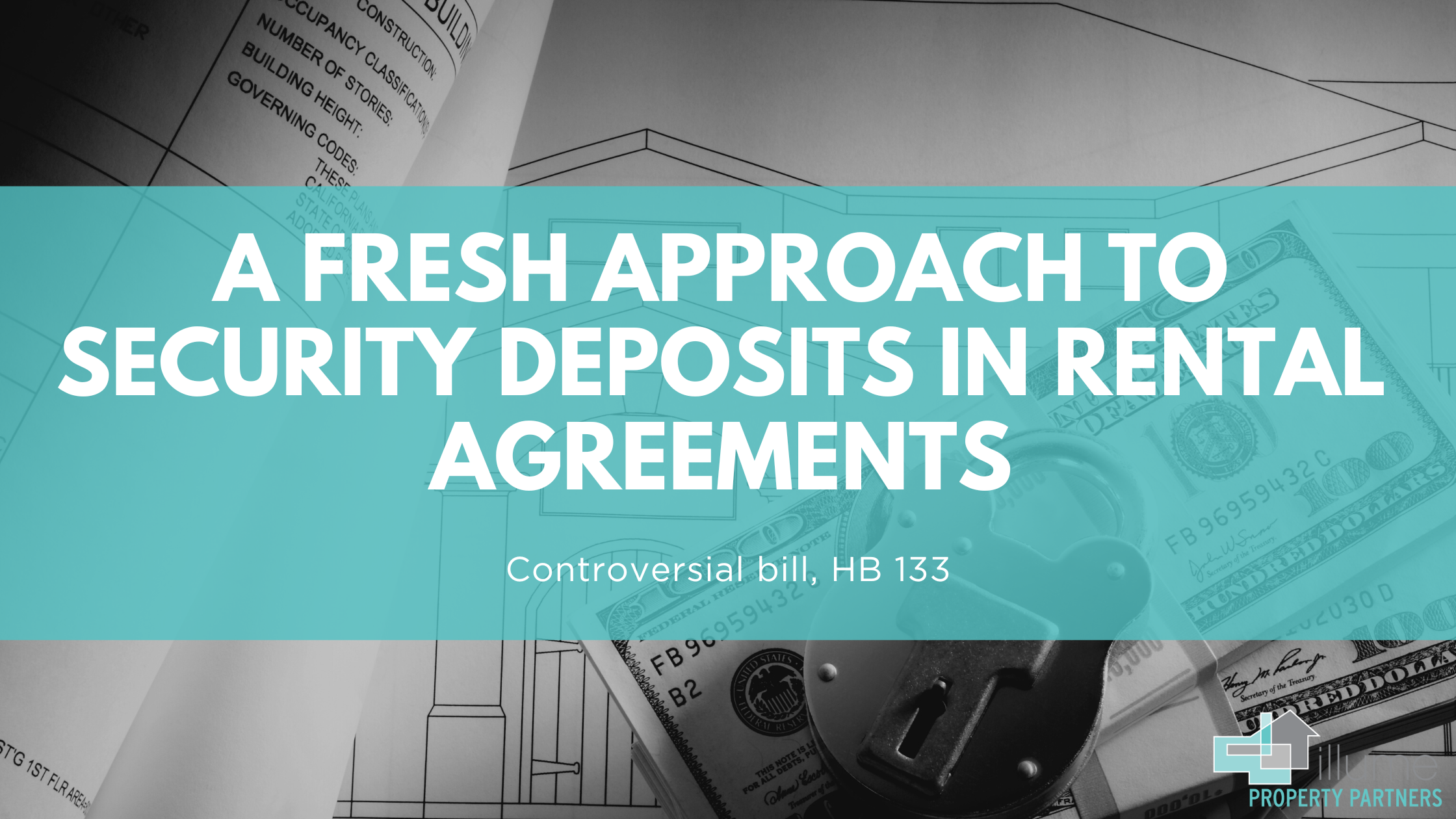
When you receive cash from a customer before providing goods or services, how is this accounted for? Here’s a closer look at how to account for deposits from customers, including the correct category to record them under. Financial service companies must maintain accurate records of all transactions, including fees, interest, and penalties, to ensure the integrity of their financial statements and customer accounts. Financial institutions record deposits in their ledger as credits, which increase the balance of a customer’s account. These transactions must be accurately documented, often involving journal entries to reflect the deposit transaction.
Customer Deposits: Customer Deposits and Deferred Revenue: A Journal Entry Guide
Generally, expenses are debited to a specific expense account and the normal balance of an expense account is a debit balance. The expense reduces your liability account and your chosen bank account without affecting any of your business expense accounts. Once you have set up the accounts and the retainer or deposit item, you can begin to create Sales receipts for the deposits or retainers you receive. The type of cash deposit does not matter when accounting for these transactions. For example, companies may deposit money directly or through electronic transfers. A cash deposit allows companies to transfer their resources into a bank account.
Miscellaneous Receipts (aka Customer Payments)
But instead of paying cashback to the customer, it is used to net off with the accounts receivable. The company record accounts receivable of only $ 70,000 due to the deduction the custodial parent of $ 30,000 from the total purchase price. When the company receives a non-refundable deposit from customers, they have to record it as the current assets on the balance sheet.
Addressing Bank Errors
- This method is applicable to businesses such as retail establishments that conduct many transactions each day.
- Before discussing that, it is crucial to understand other aspects of cash deposits.
- This includes reviewing procedures for deposit handling, authorization, and recording.
- Discrepancies must be investigated and resolved promptly to maintain accurate books.
- In that case, the journal entry for the cash deposit will be as follows.
- Accurate revenue recognition is the cornerstone of financial reporting for any business.
GoCardless partners with these and other accounting platforms to streamline your payments process. You can create invoices, accept deposit payments, and monitor your accounts all with a joined-up workflow. This helps prevent any confusion when it comes to customer deposits in accounting. Under the rules of double-entry accounting, they would qualify as a current liability. Although you’ve received money, it’s not really yours until you’ve provided the finished product or service. If you can’t provide the service, the money must be refunded, which is why it cannot be recorded as an asset until the transaction is complete.
Tax Implications of Deposits
The recognition of deferred revenue has a significant impact on a company’s financial statements, affecting the balance sheet, income statement, and cash flow statement. Preparation of accurate financial statements—comprising the balance sheet, income statement, and cash flow—hinges on the effective reconciliation of accounts. The balance sheet reflects the company’s financial position, showcasing assets, liabilities, and equity.
Understanding Service Fees and Charges
It’s not a liability if it’s a non-refundable retainer, as would be the case for eg. A photographer that has booked a session or an event hall that has taken a retainer to hold a time and date, that if cancelled is non-refundable. The money comes in as a deposit and gets recorded as being part of a project. GoCardless is a global payments solution that helps you automate payment collection, cutting down on the amount of financial admin your team needs to deal with.
The receipt of this money either is your Income or your Liability, and never negative AR under proper accounting for having the funds on hand. The problem is that this money is showing up as an asset in the balance sheet. It fact, it is a liability to me any/all the projects are completed. I’m a home improvement contractor and my customers give me a deposit before work begins that is typically non-refundable. Deposit is the amount of cash that a customer paid to the company before receiving goods or services. They may require to deposit some amount of cash to secure the rental period.
For example, imagine that a bride-to-be orders a bespoke wedding dress from a boutique. She pays a $1000 deposit in advance to ensure the dress is held for her while alterations are made. This prepayment is held by the company, with any remaining fee paid at the time that the dress is completed and handed over. If the company is unable to provide the promised goods or services, the deposit must be refunded. Reconciliation involves matching entries in the customer transaction records with corresponding items on the bank statement. Any differences must be investigated and resolved to ensure both sets of records reflect the same information.


